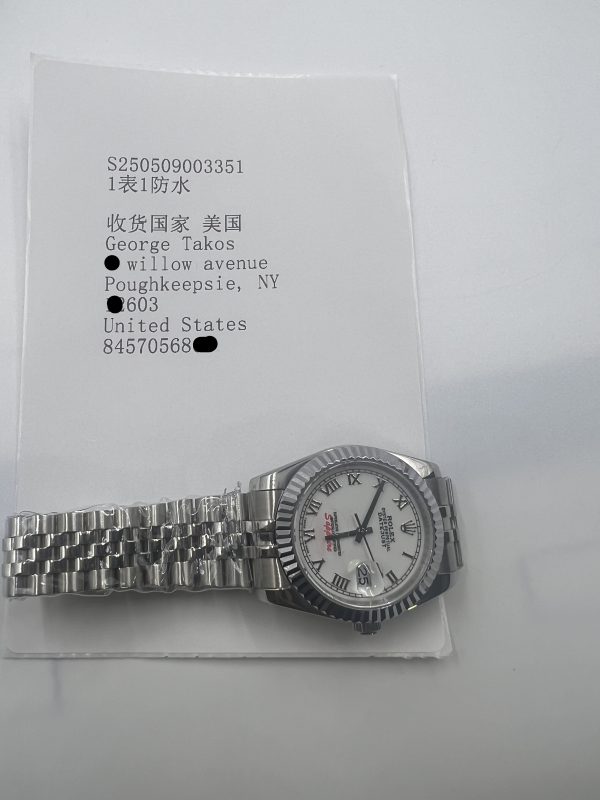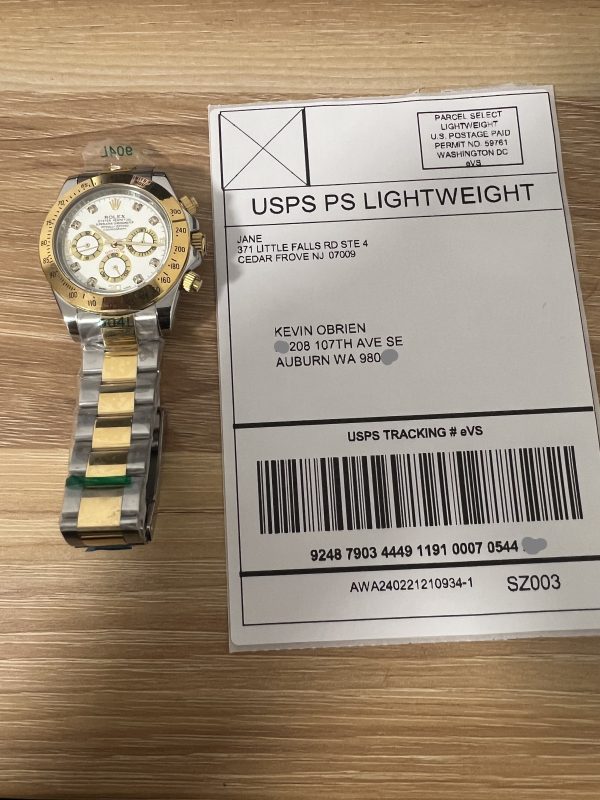Clone
The Rolex Cellini Moonphase Brilliant Chapter in Horological History
From 2017 to 2023, the Rolex Cellini Moonphase, reference 50535, carved out a unique niche in the world of luxury watches. As the most popular non-Oyster Rolex model in recent memory, it defied the odds. After all, Rolex’s non-Oyster models have historically struggled to capture the same level of enthusiasm as their sportier counterparts. But the Cellini Moonphase, with its elegant 39mm 18k Everose gold case, pristine white lacquer dial, and sophisticated moonphase complication, won over collectors and enthusiasts alike during its six-year production run. Here’s a deep dive into what made this watch so special-and why its discontinuation has left a lasting impression.

The Rolex Cellini Moonphase didn’t emerge in isolation. It was part of a broader effort by Rolex to revitalize its Cellini line, which had long been overshadowed by the brand’s iconic Oyster models. In 2013, Rolex introduced a redesigned Cellini collection, equipping the replica watches with automatic movements and central seconds hands for the first time. These updates, along with refined design elements like alpha hands and a distinctive “Reese’s Cup” crown, gave the Cellini line a fresh, modern appeal.
The moonphase model, launched in 2017, took this evolution a step further. Powered by the Caliber 3195, it became one of only three Rolex models ever to feature a moonphase complication-a rarity for a brand known for its tool watches. The other two, the reference 6062 and the reference 8171 “Padellone,” were discontinued in the early 1950s, making the Cellini Moonphase a significant addition to Rolex’s catalog.
What set the Rolex Cellini Moonphase apart was its unique approach to displaying the lunar cycle. Unlike traditional moonphase watches, which use an “axe blade” cutout to reveal only a portion of the moon, the Cellini Moonphase left the entire moonphase disc visible. A small meteorite disc represented the full moon, while an empty silver outline signified the new moon. A pointer at the top of the subdial indicated the current phase.

While this design was undeniably beautiful, it wasn’t without its quirks. For some, interpreting the moonphase required a bit of mental gymnastics. For example, when the meteorite disc was a quarter of the way up the subdial, it indicated a quarter moon. While this system was precise, it lacked the instant readability of more traditional moonphase displays. That said, the deep blue enamel background of the subdial was a visual masterpiece, and it’s easy to see why Rolex chose not to obscure it with a cutout.
Setting the moonphase on the Rolex Cellini Moonphase was an experience in itself. The watch came with a special tool-a golden pencil-like instrument-used to adjust the moonphase corrector at 8 o’clock on the case. Each push advanced the moonphase by one day, allowing for precise calibration. Additionally, the watch featured a unique time-setting mechanism: position 2 adjusted the hour and date, while position 3 fine-tuned the minutes and moonphase. This dual-position system, reminiscent of the Rolex GMT-Master II, added a layer of sophistication to the watch’s functionality.

Rolex’s engineering prowess was on full display in the moonphase mechanism. While most moonphase watches approximate the lunar cycle as 29.5 days, the Cellini Moonphase used a 135-tooth gear to achieve a more accurate 29.53125-day cycle. This meant the display deviated by just one minute per month, a remarkable feat of precision. As the replica Rolex Cellini Moonphase fades into history, it leaves behind a legacy of beauty, precision, and exclusivity. Its brief production run ensures that it will remain a sought-after piece for collectors, while its unique design and complication set it apart as a true horological gem.

